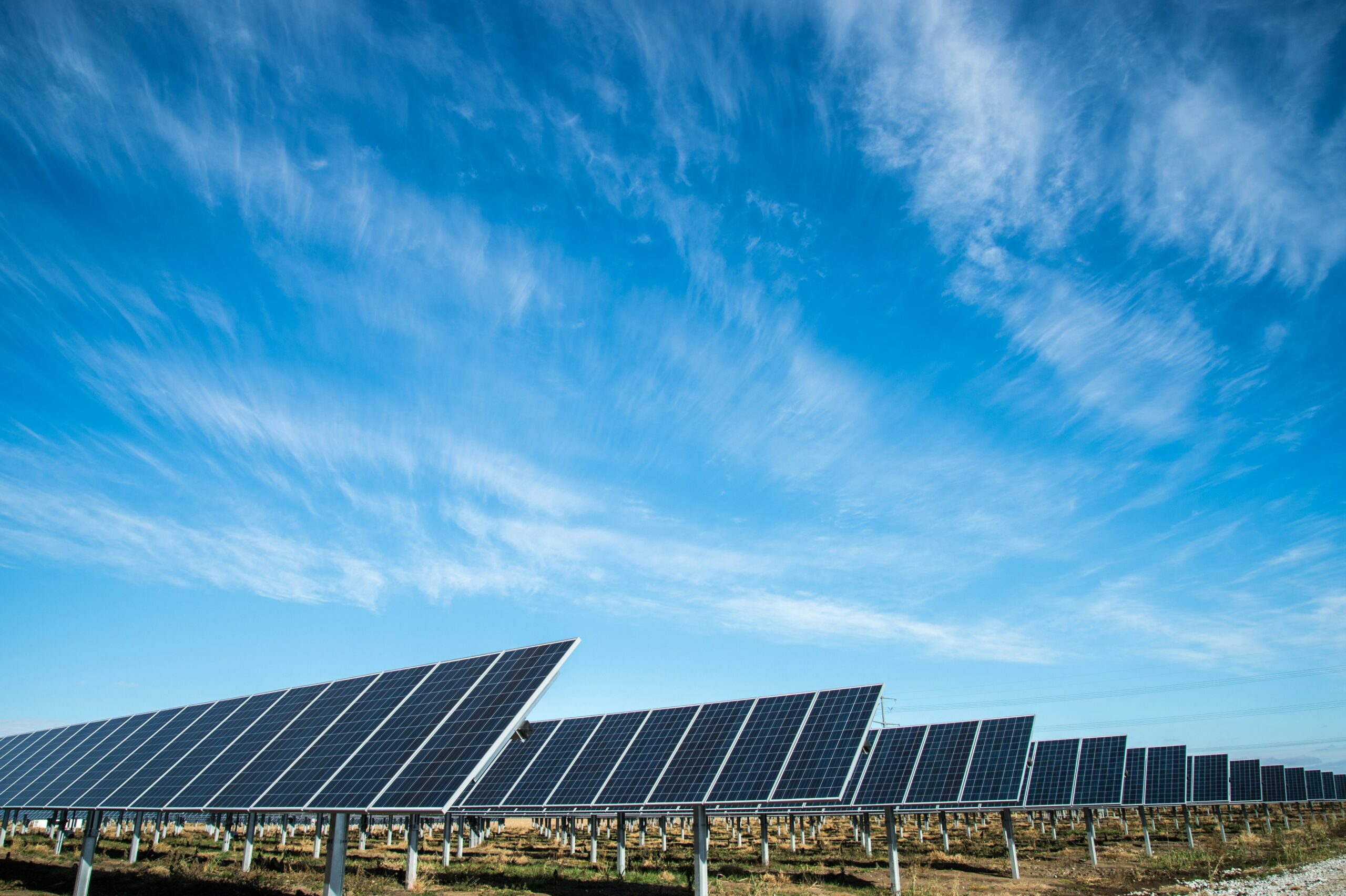
Integrating smart grids with renewable energy sources is pivotal in transitioning towards a sustainable energy future. This combination enhances energy efficiency, promotes reliability, and supports environmental sustainability. Understanding how smart grids facilitate the interconnection of renewable energy sources helps us appreciate their benefits to our energy systems. Harnessing the Future: The Integration of Smart Grids and Renewable Energy.
Understanding Smart Grids
Smart grids are advanced electrical grids that use digital communication technology to monitor and manage the transport of electricity from all generation sources to meet the varying electricity demands of end users. By incorporating smart meters, sensors, and automated systems, smart grids offer enhanced efficiency and reliability compared to traditional grids. They enable real-time data collection and analysis, empowering utilities to manage energy flow effectively.
Key Features of Smart Grids
- Two-Way Communication: Smart grids enable two-way communication between utilities and consumers. This communication allows for real-time energy consumption and grid status monitoring, which optimizes energy distribution.
- Automated Systems: Automation in smart grids enhances operational efficiency. It helps detect faults, manage outages, and integrate these sources seamlessly.
- Energy Management: Smart grids facilitate better energy management through demand response programs. These programs incentivize consumers to reduce or shift their electricity usage during peak periods.
Renewable Energy Sources
Renewable energy sources, such as solar, wind, and hydroelectric power, are crucial in reducing greenhouse gas emissions and promoting sustainability. Interconnecting these sources with smart grids creates a more resilient and flexible energy system.
Types of Renewable Energy
- Solar Energy: Solar panels convert sunlight into electricity. This abundant resource is increasingly utilized in residential and commercial applications, contributing significantly to the energy mix.
- Wind Energy: Wind turbines harness the power of wind to generate electricity. Wind farms onshore and offshore provide a substantial System, especially in regions with favorable wind conditions.
- Hydroelectric Energy: This energy generation uses flowing water to produce electricity. Hydroelectric power plants are often reliable and provide a consistent energy supply.
The Importance of Interconnection
The interconnection of smart grids and renewable energy sources is vital for various reasons:
- Grid Stability: Integrating renewable energy into the grid helps stabilize energy supply, especially during peak demand periods. Smart grids can balance energy distribution, ensuring that supply meets demand.
- Reduced Carbon Footprint: Smart grids significantly reduce carbon emissions using renewable energy sources. This shift is crucial for combating climate change and fostering a sustainable future.
- Energy Independence: Smart grids facilitate locally sourced renewable energy, reducing reliance on fossil fuels. This independence enhances energy security and stabilizes energy prices.
Challenges in Integration
While the integration of smart grids and renewable energy sources offers numerous benefits, it also presents challenges:
- Infrastructure Investments: Upgrading existing infrastructure to accommodate smart grids requires substantial investments. This transition often involves retrofitting old systems and implementing new technologies.
- Regulatory Hurdles: Regulatory frameworks must adapt to the evolving energy landscape. Policymakers must create conducive environments supporting innovation and investment in smart grid technologies.
- Technological Barriers: Ensuring interoperability between various technologies and systems can be complex. Developing standards and protocols is essential to facilitate seamless integration.
Solutions for Effective Interconnection
Addressing the challenges associated with smart grid and renewable energy interconnection involves strategic solutions:
- Investment in Smart Technology: Investing in advanced technologies, such as energy storage systems and smart meters, enhances grid resilience and efficiency. These technologies allow for better energy management and integration of variable renewable sources.
- Policy Support: Governments and regulatory bodies should implement policies encouraging investment in smart grid infrastructure. Incentives for renewable energy adoption can also drive innovation and deployment.
- Public-Private Partnerships: Collaborations between public and private sectors can accelerate the development of smart grid technologies. Joint ventures can help share the financial burden and facilitate knowledge exchange.
The Role of Energy Storage
Energy storage systems like batteries are critical in smart grids and renewable energy interconnection. These systems allow storing of excess energy generated during low-demand periods, making it available during peak times. As renewable energy sources are often intermittent, energy storage helps to smooth out fluctuations and ensure a reliable energy supply.
Types of Energy Storage Solutions
- Batteries: Lithium-ion batteries are widely used for energy storage due to their efficiency and declining costs. They can store energy for residential, commercial, and utility-scale applications.
- Pumped Hydro Storage: This method uses excess electricity to pump water to a higher elevation. When energy is needed, the water is released to generate electricity, providing a reliable energy source.
- Flywheels: Flywheel energy storage systems store kinetic energy in a rotating mass. They provide rapid bursts of power, making them suitable for frequency regulation in smart grids.
Future Trends in Smart Grid and Renewable Energy Interconnection
The future of smart grids and renewable energy interconnection looks promising, with several trends emerging:
- Decentralization: The energy landscape is shifting towards decentralized systems, where local energy generation and consumption become more prevalent. This trend promotes energy resilience and empowers consumers to take control of their energy usage.
- Integration of Electric Vehicles (EVs): As EV adoption rises, integrating these vehicles into the smart grid creates new opportunities for energy storage and demand response. EVs can serve as mobile energy resources, contributing to grid stability.
- Advanced Analytics and AI: Utilizing advanced analytics and artificial intelligence enhances grid management. These technologies can predict demand, optimize energy distribution, and improve grid reliability.
The interconnection between smart grids and renewable energy sources is crucial for building a sustainable future. We can create a more resilient, efficient, and environmentally friendly energy system by addressing the challenges and leveraging innovative solutions. The integration of smart technologies not only enhances energy management but also supports the global transition towards renewable energy. Embracing this transformation ensures a cleaner, more sustainable planet for future generations.